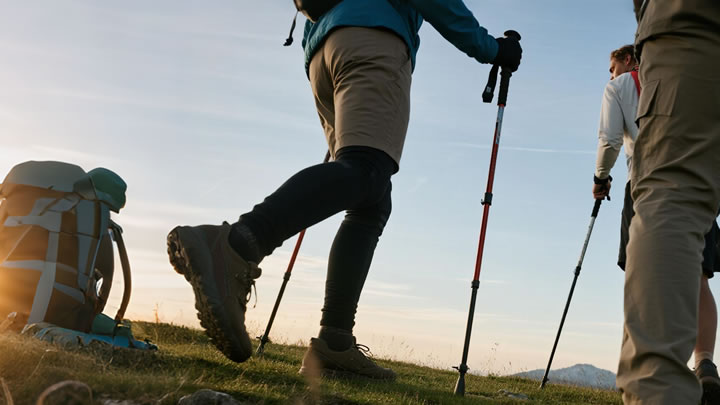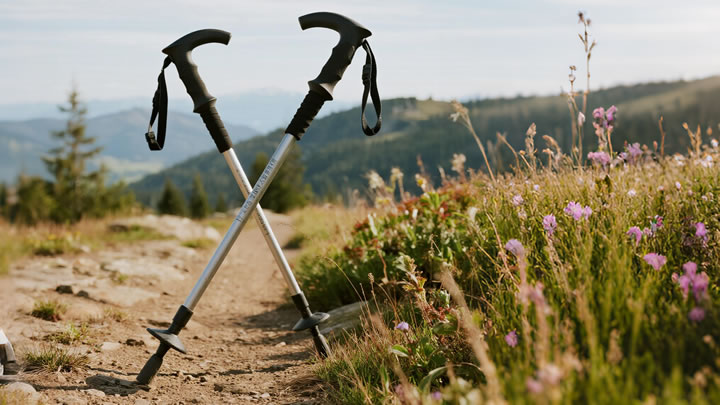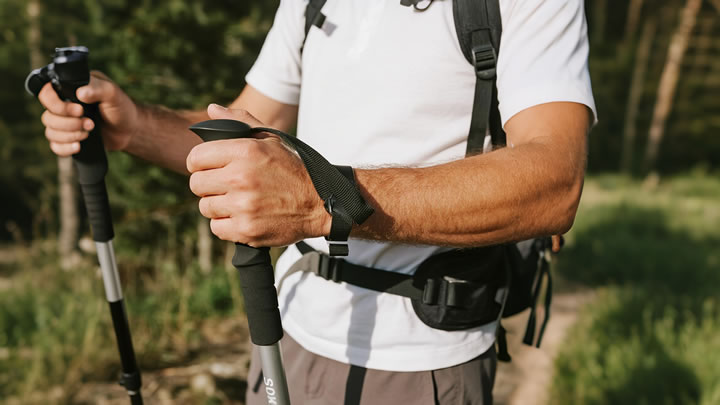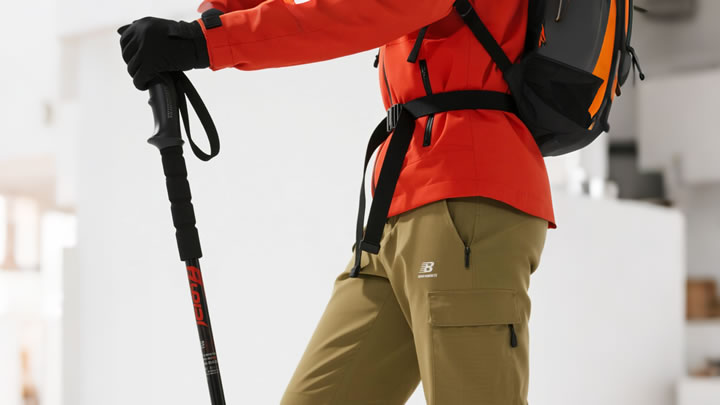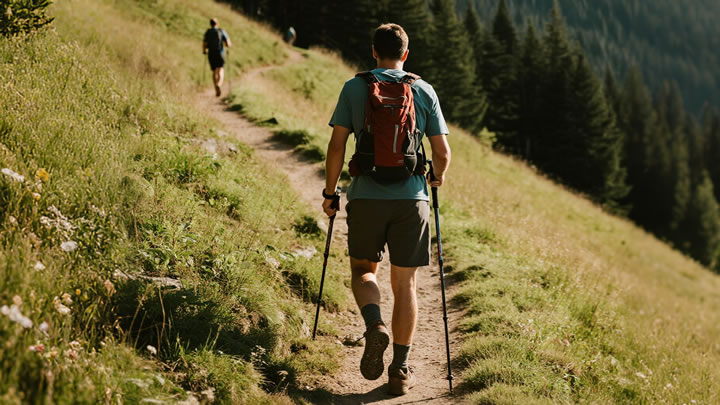Can hammock stands be used on grass?
Freestanding hammock stands transform grassy areas into instant relaxation zones, but improper setup risks injury and lawn damage. Success hinges on understanding soil physics, stand engineering, and terrain adaptation. Follow this protocol for safe, eco-friendly hangs on any turf.
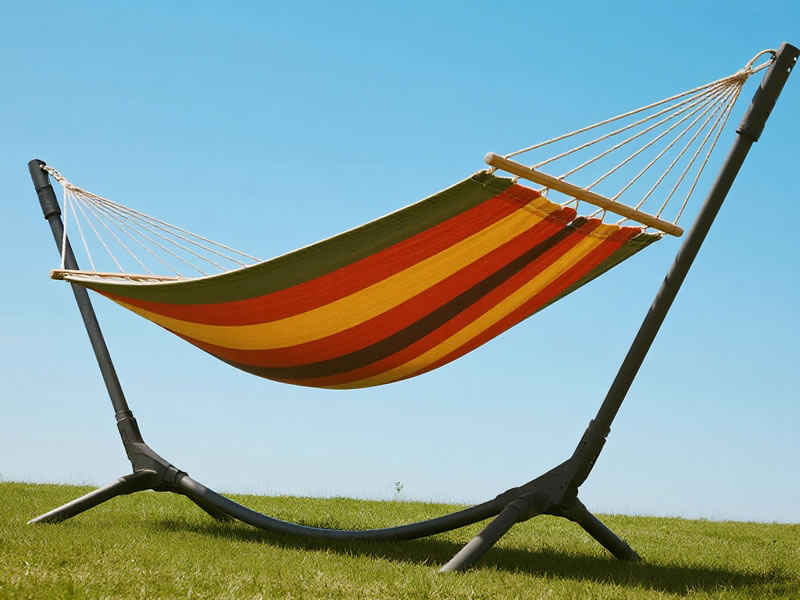
Why Grass Demands Special Engineering
The Instability Triad:
- Soil Compression:Force concentration under legs causes sinking (1" per 100 lbs on soft turf)Critical Fix: Increase footprint area 4x with base plates
- Lateral Shear:Swinging generates horizontal forces exceeding 40% of body weightCritical Fix: Screw-in ground anchors at 45° angles
- Moisture Failure:Saturated soil loses 90% bearing capacityCritical Fix: Avoid use when puddles form underfoot
Stand Selection Matrix for Grass
| Stand Type | Max Grass Weight | Stability Tech | Terrain Limit |
|---|---|---|---|
| Quadpod Base | 450 lbs | Cross-braced legs (Sunnyglade) | 10° slope |
| Tripod System | 350 lbs | Geared feet (Tensa Solo) | 15° slope |
| Spread-Bar | Not recommended | N/A | Flat only |
| A-Frame | 500 lbs | Wide feet + anchors (Yuzon) | 5° slope |
*Data sourced from ASTM F3415-22 recreational equipment tests*
The 4-Point Setup Protocol
1. Soil Assessment
- Probe Test: Push pencil into turf – resistance <5 lbs = high-risk soil
- Slope Check: Use phone clinometer app (max 10° for quadpods)
2. Footprint Expansion
- Minimum: 8" diameter per foot (e.g., Vivere steel discs)
- Pro Upgrade: Interlocking 24"×24" patio pavers (distributes 300% more weight)
3. Anchoring System
- Screw Anchors: 12" corkscrew stakes (tested to 1,200 lb withdrawal)
- Angle: 45° away from stand
- Attachment: Dyneema guylines to lower frame joints
4. Weight Distribution
- Load Calculator: Total weight = (Stand weight) + (Hammock weight) + (User weight) × 1.5 (dynamic factor)
- Example: 180 lb user requires support for 270+ lbs
Grass Preservation Techniques
| Damage Type | Prevention Method | Recovery Time |
|---|---|---|
| Compaction | Rotate stand 90° every 48 hours | 3–4 weeks |
| Root Shear | Use EVA foam pads under base plates | 2 weeks |
| Discoloration | Apply liquid aeration pre-install | 7–10 days |
| Thatch Destruction | Intermesh artificial turf under feet | N/A |
Top 3 Grass-Optimized Stands
1. Sunnyglade Quadpod Pro
- Grass Tech: 14" diameter feet + cross-bracing
- Capacity: 450 lbs on medium-firm turf
- Pro Hack: Add sandbag counterweights on slopes
2. Tensa Outdoor Solo
- Grass Tech: Telescoping feet with terrain-adaptive spikes
- Unique Advantage: Works on 15° slopes when anchored
- Weight: 4.9 lbs – ideal for portable use
3. Yuzon Heavy-Duty A-Frame
- Grass Tech: Wide stance (78" base) + anchor points
- Durability: Powder-coated steel resists lawn chemicals
- Setup: Tool-free assembly in 90 seconds
Failure Analysis: Real-World Cases
Case 1: Saturated Lawn Collapse
- Conditions: 180 lb user after rainstorm
- Failure: Legs sank 8" in 20 minutes
- Solution: Install French drain under setup area
Case 2: Slope Creep Failure
- Conditions: 7° incline with unanchored stand
- Failure: Walked 3 ft downhill overnight
- Solution: Terraced installation with retaining blocks
Case 3: Thermal Expansion Damage
- Conditions: 95°F day with steel stand
- Failure: Legs scalded grass into dead rectangles
- Solution: Ceramic-coated feet or EVA insulation
When to Avoid Grass Altogether
- Soil Moisture >35%: Use soil meter (saturation threshold)
- Frost Conditions: Metal conducts cold, killing grass roots
- New Sod (<6 months): Root system too shallow
- Bermudagrass Dormancy: High fragility in winter
Pro Alternatives to Direct Ground Contact
- Modular Deck System:Interlocking composite tiles (Brand: EZGrass)Cost: $35/sq ft
- Suspended Platform:Pressure-treated 4×4 frame with gravel infillElevates stand 1" above turf
- Geocell Grid:Cellular confinement system (Tensar)Fills with gravel for 500+ PSF capacity
The Verdict
Grass compatibility depends 80% on preparation and 20% on stand design. Quadpod and tripod systems with ≥8" footpads and screw anchors can safely support 400+ lbs when soil is firm (probe resistance >8 lbs). Always:
- Rotate stands every 48 hours
- Check slope with digital level
- Avoid use for 72 hours post-rain
- Upgrade to patio paver bases for permanent setups
"My Sunnyglade stand hasn't left a mark in 2 years of daily use – thanks to 16" pavers and weekly rotation."– Michelle R., Landscape Architect

